Someday Maybe by The Clarks
Buy Someday Maybe Although this group has had a long and fruitful career which continues to this day, The Clarks only had one major label release. The 1996 record Someday Maybe is a […]
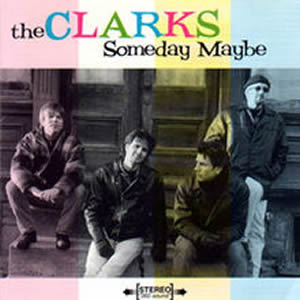
Buy Someday Maybe Although this group has had a long and fruitful career which continues to this day, The Clarks only had one major label release. The 1996 record Someday Maybe is a […]
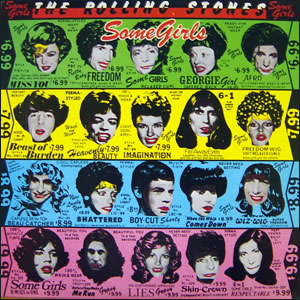
Buy Some Girls Some Girls was a major commercial and critical success for the Rolling Stones in 1978. Here, the classic British rock group incorporated the new genres of disco, punk, along with […]
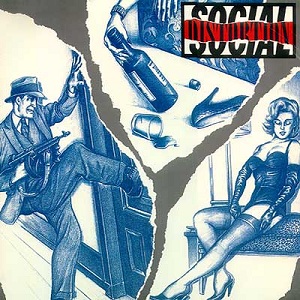
Buy Social Distortion After working for over a decade to refine their sound, Social Distortion finally got their opportunity for a major label release in 1990. Their third overall album, Social Distortion, displays […]
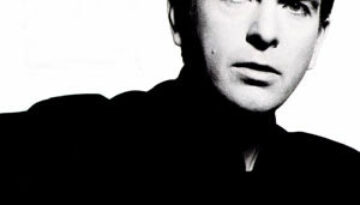
Buy So A little over a decade after departing from Genesis as their elaborate frontman, Peter Gabriel released his fifth and most successful solo album. After releasing four consecutive albums with the same […]
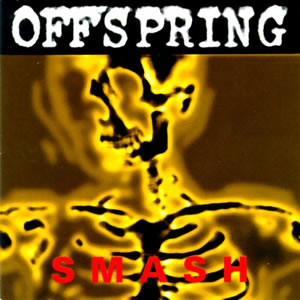
Buy Smash Often overlooked by their more lauded West Coast contemporaries, The Offspring were nonetheless a hard rock powerhouse in the mid to late nineties. Their aptly named breakthrough album, Smash, achieved platinum […]
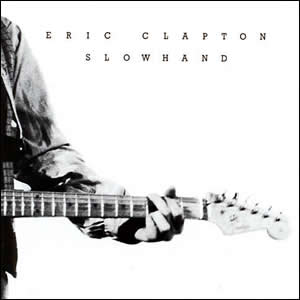
Buy Slowhand 1977’s Slowhand was the pinnacle of Eric Clapton’s pop-rock phase during the late seventies, fusing well-crafted rockers, ballads, alt country, and blues numbers. The album came a few years into Clapton’s […]
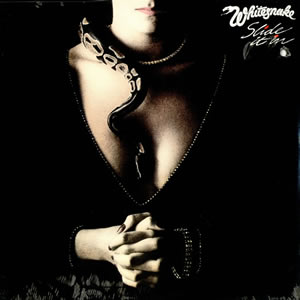
Buy Slide It In Whitesnake made its first real splash with the release of their sixth album, Slide It In in 1984. Although the album was far from a blockbuster hit, a second […]
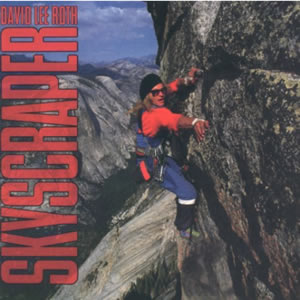
Buy Skyscraper David Lee Roth‘s second full-length solo album, the commercially successful Skyscraper, has had mixed critical response since it was released in 1988. This album, while continuing much of the same good-time-hard-rock […]
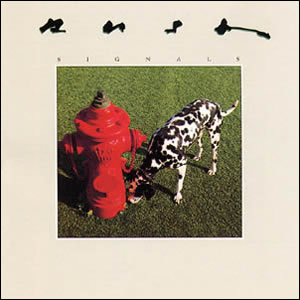
Buy Signals Signals was the much anticipated ninth album by Rush, as it followed up the blockbuster 1981 album Moving Pictures. This album would be the first where they would depart from the […]
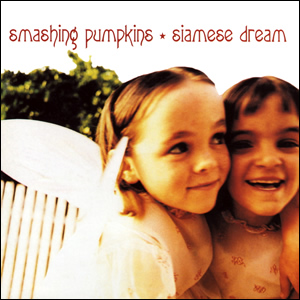
Buy Siamese Dream Building on the surprise success of their debut album Gish, the Smashing Pumpkins matured their blend of dream pop, heavy metal, and progressive rock on Siamese Dream, a blockbuster album […]